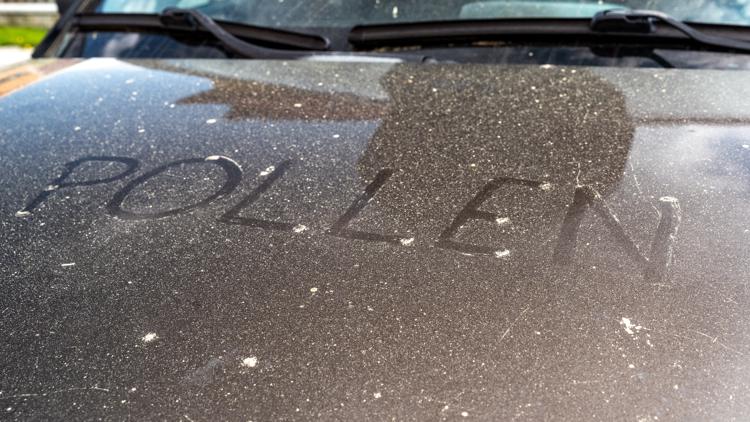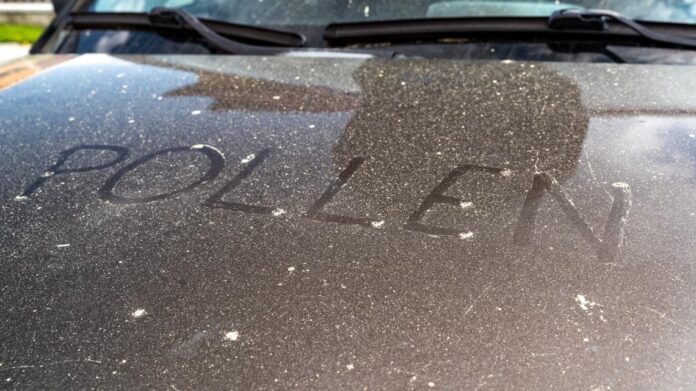
The pollen in the Carolinas is unique and prolonged.
CHARLOTTE, N.C. — Spring in the Carolinas features sunshine, dry weather, blooming flowers, and lush trees.
Unfortunately, the sniffles and sneezes are off the charts this time of year due to elevated pollen levels.
It’s breathtaking! Literally.
Whether you’ve lived here your whole life or recently moved, you may be suffering from allergies you’ve never had. You may even wonder why pollen is so bad here and across the Southeast.
The number one factor is our longer growing season, which results in more exposure.
Exposure comes in two ways:
- A warmer start to the year allows an explosion of pollen early… but it doesn’t end early.
- Exposure to different types of pollen
For example, tree pollen is worse in the spring, while grass pollen peaks during late spring and early summer. Weed pollen – especially ragweed – is dominant through summer and early fall. Then, during winter months, mold is our biggest allergen, largely due to more people spending time indoors.
Bigger cities like Charlotte can also have worse allergy seasons due to pollution. Pollution releases carbon dioxide, which feeds plants and, in turn, can create more pollen.
This is why you may notice big cities have higher rates of asthma and allergies compared to population size! The Urban Heat Island Effect already increases our risk of ground-level ozone impacts, which exacerbates the issue.
Folks in the south are also subjected to more allergens when we have a warmer winter.
Warmer weather doesn’t just prolong the pollen season, but it also prevents plants from dying or becoming dormant, allowing us to be exposed all year long.
Contact Brittany Van Voorhees at bvanvoorhe@wcnc.com and follow her on Facebook, X and Instagram.



